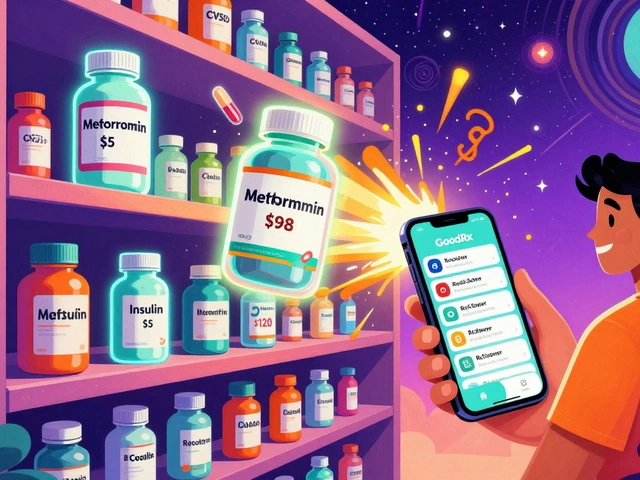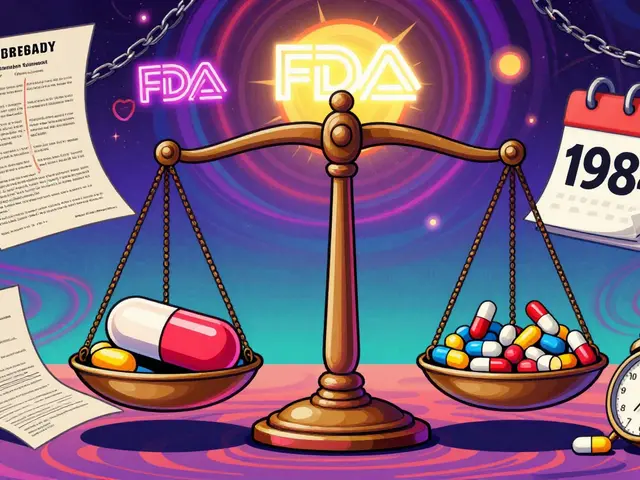Seizure treatments: what actually helps and when to act
Seizures can feel terrifying, and the right treatment cuts risk fast. If you or someone you care about has had seizures, here’s a plain, useful guide to common treatments, what they do, and when to get urgent help.
First, every plan depends on the seizure type and the cause. Epilepsy needs a different approach than a one-off seizure from fever, low blood sugar, or an injury. Doctors use EEGs, blood tests, and brain scans to pick the right path. Don’t skip these tests — they change treatment choices.
Medications that work
Anti-seizure drugs (also called antiepileptic drugs or ASDs) are the mainstay. Common choices include levetiracetam, carbamazepine, lamotrigine, valproate, and phenytoin. Each drug targets brain activity differently. For example, levetiracetam is often chosen first because it’s easy to use and has fewer interactions. Valproate works well for generalized seizures but isn’t suitable for pregnant people.
Finding the right medicine often means trying one at a time and adjusting the dose. Expect a few weeks or months of tweaks. Side effects vary: drowsiness, coordination issues, mood changes, or rash. If side effects emerge, tell your doctor — switching or changing dose usually helps.
If seizures don’t respond to standard ASDs after two well-chosen trials, doctors call it drug-resistant epilepsy. That opens other doors: combination therapy, referral to a specialist clinic, and tests for surgery candidacy.
Non-drug options and safety steps
Surgery is an option when seizures come from a single, removable brain area. Success rates can be high for the right people. Vagus nerve stimulation (a small implanted device) and responsive neurostimulation are other choices that reduce seizures for some patients. For kids with specific diets, the ketogenic diet can cut seizures dramatically. It’s strict and needs medical supervision.
Lifestyle changes matter too. Regular sleep, alcohol limits, stress management, and taking meds on time reduce seizures. Always wear ID that says you have epilepsy and share a simple action plan with family or coworkers so they know what to do if a seizure happens.
Know when to call emergency services: a seizure lasting longer than five minutes, repeated seizures without recovery between, difficulty breathing, or injury. These are medical emergencies and need immediate care.
Finally, medication access and costs can be a barrier. If prices or supplies are a problem, ask your clinic about patient assistance, generic options, or a pharmacist who can help find affordable sources. Managing seizures usually needs teamwork — neurologist, GP, pharmacist, and family. With the right plan, most people with seizures can live full, active lives.
Quick practical tips: keep a written list of meds and doses in your wallet, track seizures in a simple notebook or app, and bring a friend or family member to neurologist visits when possible. Ask your doctor about driving rules in your state and how long you must be seizure-free. If mood changes or memory problems appear, mention them—these are often treatment-related and fixable. Help is available; don't wait to ask.
Top 10 Neurontin Alternatives: Exploring Effective Solutions for Pain and Seizures
This article delves into the exploration of ten alternatives to Neurontin, shedding light on their uses, benefits, and potential drawbacks. With each alternative, readers will gain insight into different medications that are commonly used to treat conditions such as neuropathic pain, seizures, and mood disorders. By comparing these options, individuals can find an appropriate solution tailored to their specific health needs. This comparative guide aims to assist patients and healthcare providers in making informed decisions.





